Grocery shopping can take a big bite out of your budget. However, some grocery stores in the US address this pain point. These stores employ clever strategies, from limited selections and private-label brands to bulk buying and warehouse layouts.
After surveying over 6,500 US consumers about which retailer offers the best value for money, MarketForce created this list of the top cheapest grocery stores in the US.
Aldi
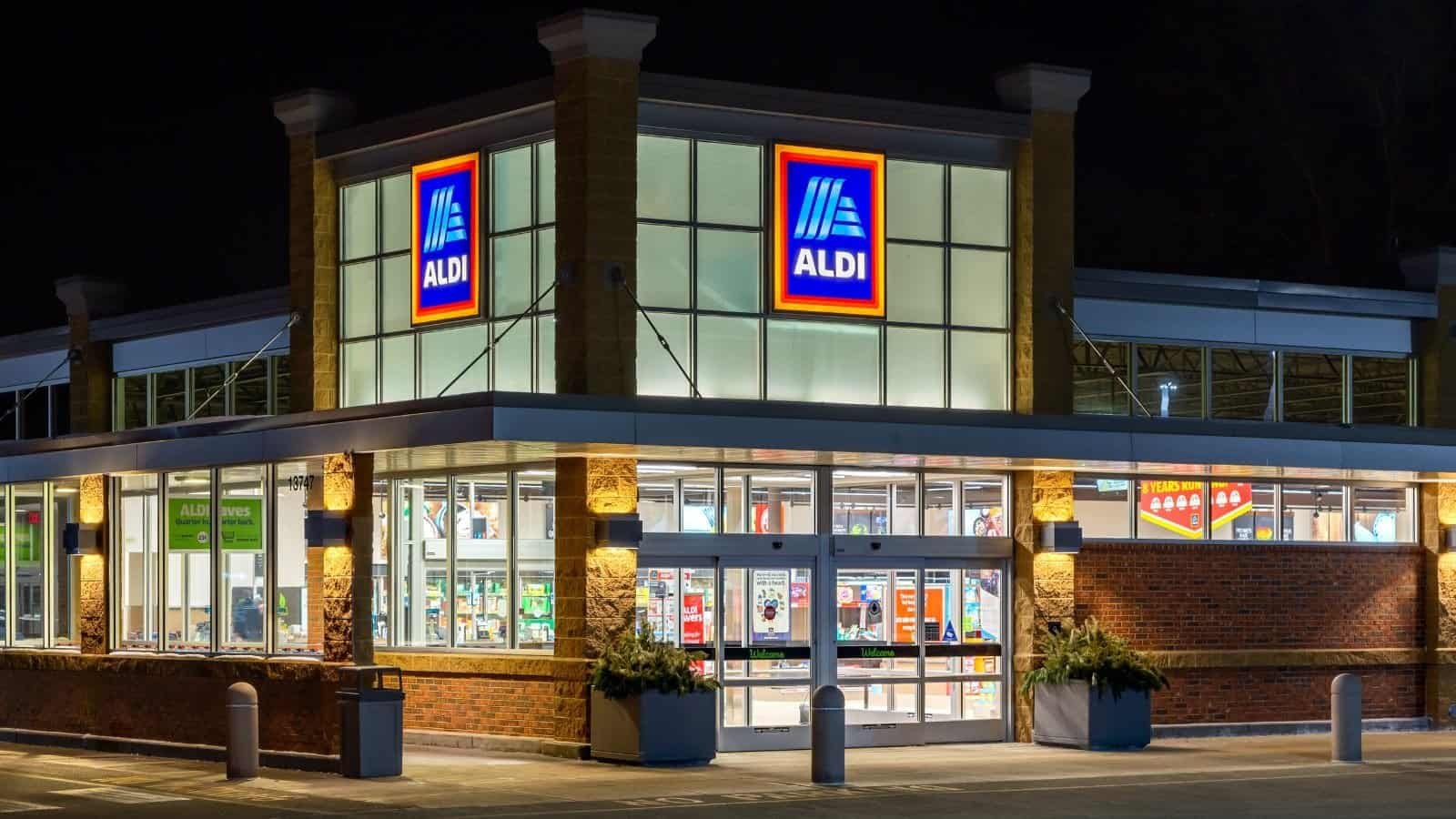
Aldi is a prime example of a grocery store chain that utilizes various cost-cutting methods to offer lower prices to its customers. Aldi shelves are stocked primarily with their private-label brands, bypassing the markups associated with national brands. This allows them to control the quality and pricing while offering significant savings to shoppers. Plus, Aldi stores are designed well. They tend to be smaller and have fewer employees compared to traditional supermarkets.
Additionally, by encouraging customers to bag their own groceries and utilizing a quarter deposit system for shopping carts, Aldi reduces labor costs. Plus, the business prioritizes functionality over frills. You won’t find extensive décor or wide aisles. This streamlined approach minimizes operational expenses and translates into lower prices for consumers.
Woodman’s Market
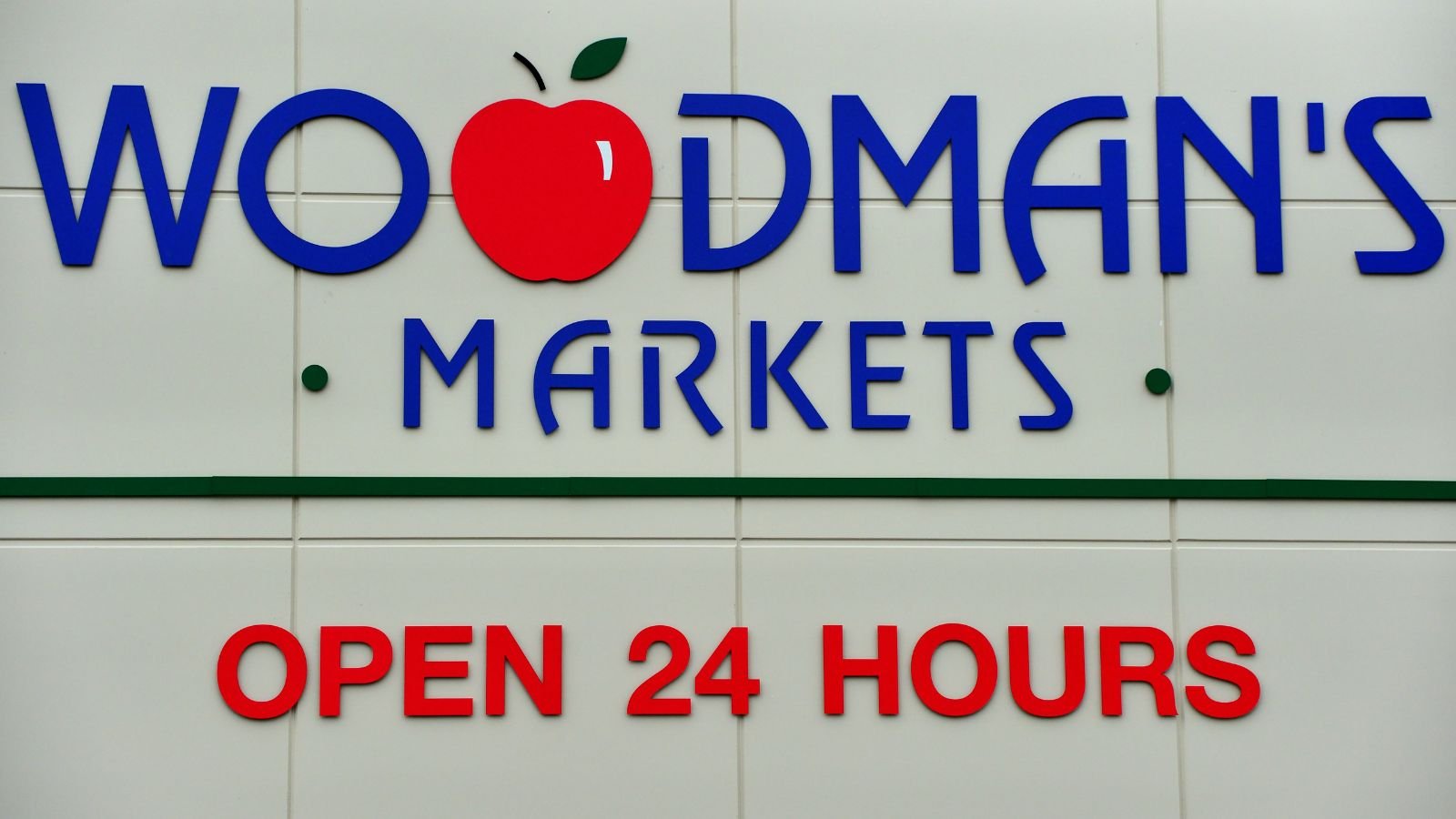
Woodman’s Market employs a strategy that is different from Aldi. Woodman’s leverages its large store format and customer base to negotiate bulk discounts with suppliers. By purchasing in significant quantities, they secure lower per-unit costs, which translate into competitive prices for shoppers. Their warehouse-style layout prioritizes efficiency and reduces overhead costs.
Wide aisles and minimal displays allow for a larger product selection at lower prices. Plus, Woodman’s utilizes technology like its mobile app to offer digital coupons and streamline shopping list creation, potentially reducing impulse purchases and enhancing customer experience.
WinCo Foods
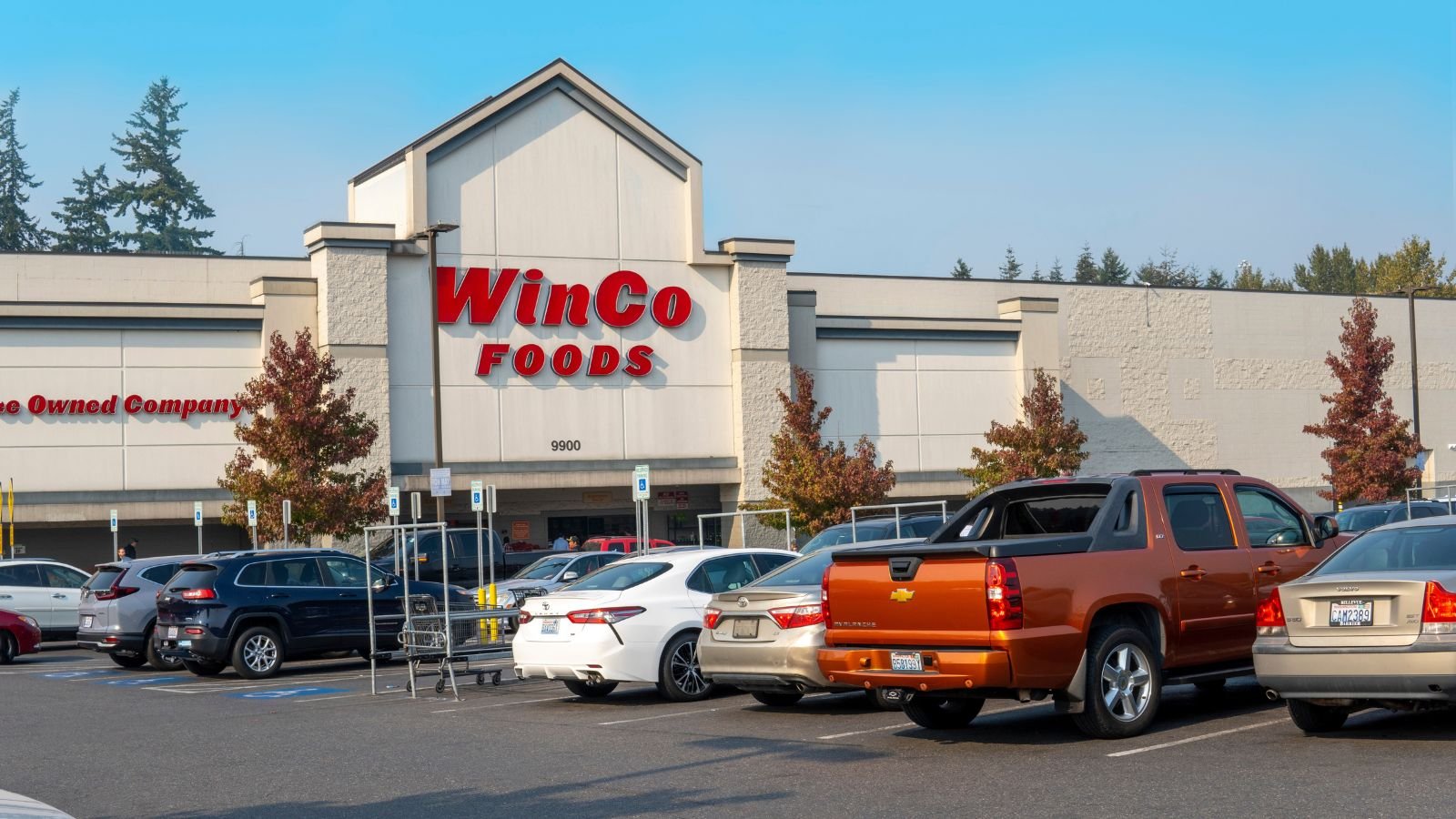
Like Aldi, WinCo Foods prioritizes cost savings to offer competitive prices to its customers. WinCo forgoes extensive advertising campaigns, reallocating those resources to lower product prices. They rely primarily on word-of-mouth marketing and occasional mailers for special occasions, allowing them to offer greater value to shoppers.
Plus, similar to Woodman’s, WinCo leverages bulk buying to secure lower per-unit costs from suppliers. However, they implement a unique membership model. While membership fees are relatively low, they create an additional revenue stream while still offering competitive prices on groceries.
Lidl

Lidl predominantly features its own private-label brands, meticulously developed to deliver high quality at a fraction of the cost of national brands. This allows them to control manufacturing processes, negotiate directly with producers, and ultimately, set competitive prices for consumers. Similar to Aldi, Lidl curates a focused selection of essential items and frequently-purchased groceries. This streamlined approach minimizes waste, simplifies inventory management, and reduces operating costs.
Additionally, their efficient store layout encourages faster customer checkout and minimizes staffing needs. Lidl strategically implements “Pick of the Week” promotions and limited-time special buys to generate excitement and encourage impulse purchases on heavily discounted seasonal or unique items.
Market Basket

Market Basket stands out for its unique approach to cost-cutting, focusing heavily on value for its customers. Unlike some discount stores that rely on limited selection, Market Basket prioritizes a wider variety of national and private-label brands. However, they achieve lower prices through a philosophy of lower profit margins on individual items. This high-volume, low-margin approach translates to significant savings passed on to shoppers. Their stores may not have all the frills of larger chains, but they focus on streamlined processes and a no-nonsense shopping experience. This can include practices like encouraging customers to bag their own groceries.
Grocery Outlet
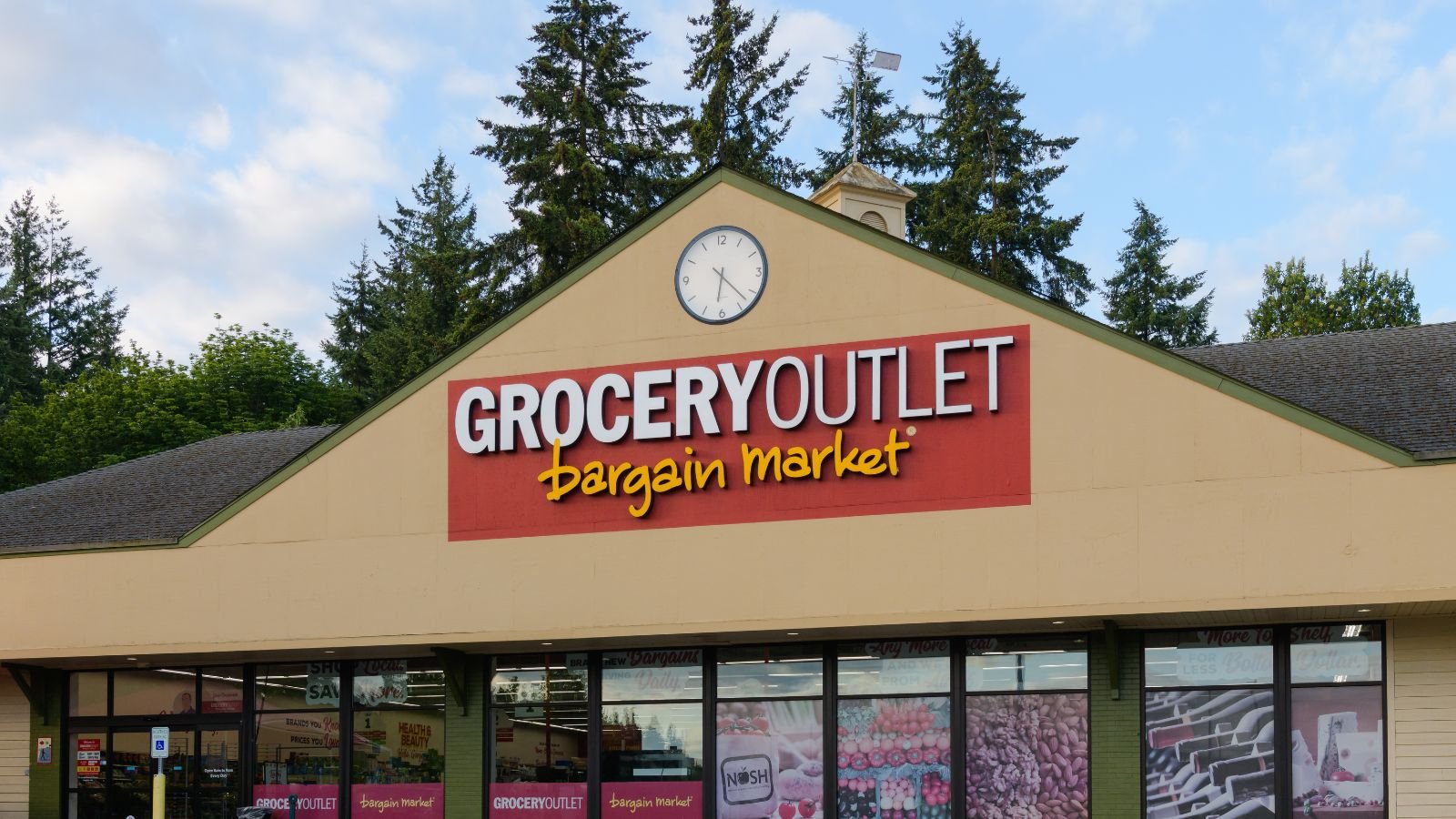
Grocery Outlet specializes in acquiring surplus inventory from manufacturers and distributors. This includes overstocked items, packaging changes, or nearing-expiration products. By securing these goods at significantly discounted rates, they can offer them to customers at a fraction of the usual retail price. Due to the nature of their inventory, Grocery Outlet’s selection is constantly changing. This creates a “treasure hunt” shopping experience where customers can discover unique or brand-name items at exceptional deals. While lacking the predictability of a traditional store, this approach fosters excitement and encourages frequent visits to find hidden gems.
Costco

Costco’s approach to cost savings revolves around a membership model and bulk buying power. They offer a curated selection of national brands alongside their high-quality Kirkland Signature private label products, all at significantly lower prices thanks to bulk purchases negotiated with suppliers. This value proposition attracts customers who are willing to pay a membership fee in exchange for substantial savings on groceries, household goods, and more. By maximizing inventory turnover and maintaining a no-frills warehouse environment, Costco keeps operating costs down and translates those savings to members.
Sam’s Club
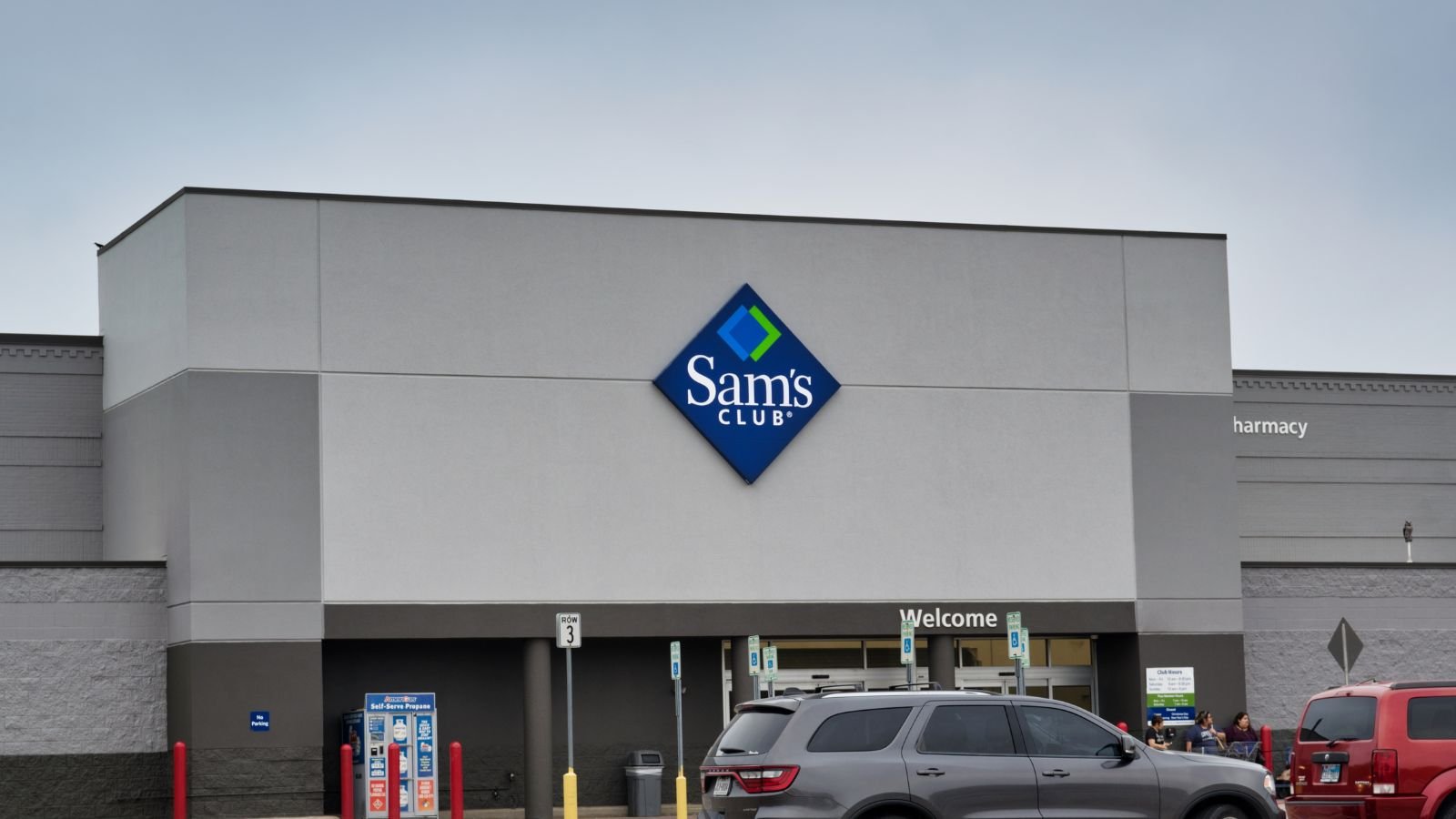
Following a similar strategy to Costco, Sam’s Club leverages a membership model and bulk buying to offer deep discounts on groceries, household items, and more. Their shelves feature a mix of national brands and their Member’s Mark private label, all negotiated at lower prices due to high-volume purchases. This value proposition attracts members seeking significant savings in exchange for a membership fee. Like Costco, Sam’s Club optimizes inventory turnover and prioritizes a functional warehouse layout to minimize operating costs and maximize savings for members.
BJ’s Wholesale Club

BJ’s Wholesale Club, a competitor to Costco and Sam’s Club, utilizes a membership model and bulk buying to offer discounted prices on a variety of products. Similar to these stores, BJ’s offers a mix of national brands and their own private-label Berkley Jensen’s selections. By negotiating bulk purchase agreements with suppliers, they achieve lower per-unit costs. However, unlike Costco and Sam’s Club, BJ’s may offer slightly smaller quantities of some items, catering to a broader range of shopping needs.
Trader Joe’s

Trader Joe’s stands out for its unique combination of cost-cutting methods. Unlike warehouse clubs, it focuses on a curated selection of high-quality private-label products, eliminating brand markups. It negotiates directly with producers and prioritizes efficient store operations with minimal staff and a focus on customer self-service. This streamlined approach allows it to offer competitive prices without sacrificing quality. Additionally, Trader Joe’s forgoes traditional marketing, relying on word-of-mouth and a fun, quirky shopping experience to attract customers.
Fred Meyer
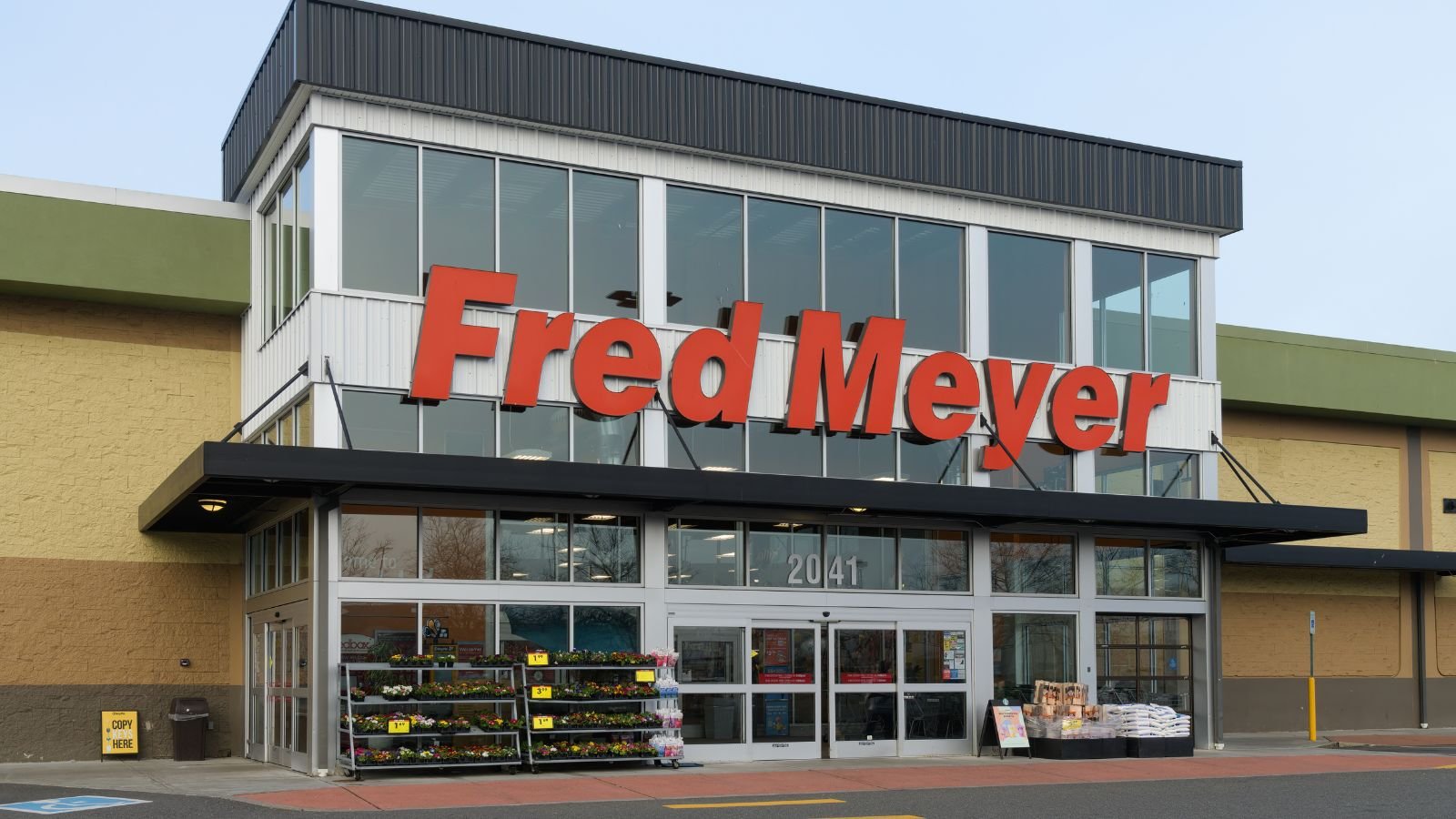
Fred Meyer employs a multi-pronged approach to offer savings. They leverage digital tools like online ordering and coupons to streamline the shopping experience and potentially reduce impulse purchases. Additionally, their Fuel Points program incentivizes customers to shop at Fred Meyer by offering gas discounts based on grocery purchases. This strategy encourages customer loyalty and potentially increases overall spending. While not solely focused on extreme cost-cutting measures, Fred Meyer prioritizes convenience and value through strategic promotions and a blend of national brands and private-label options.
